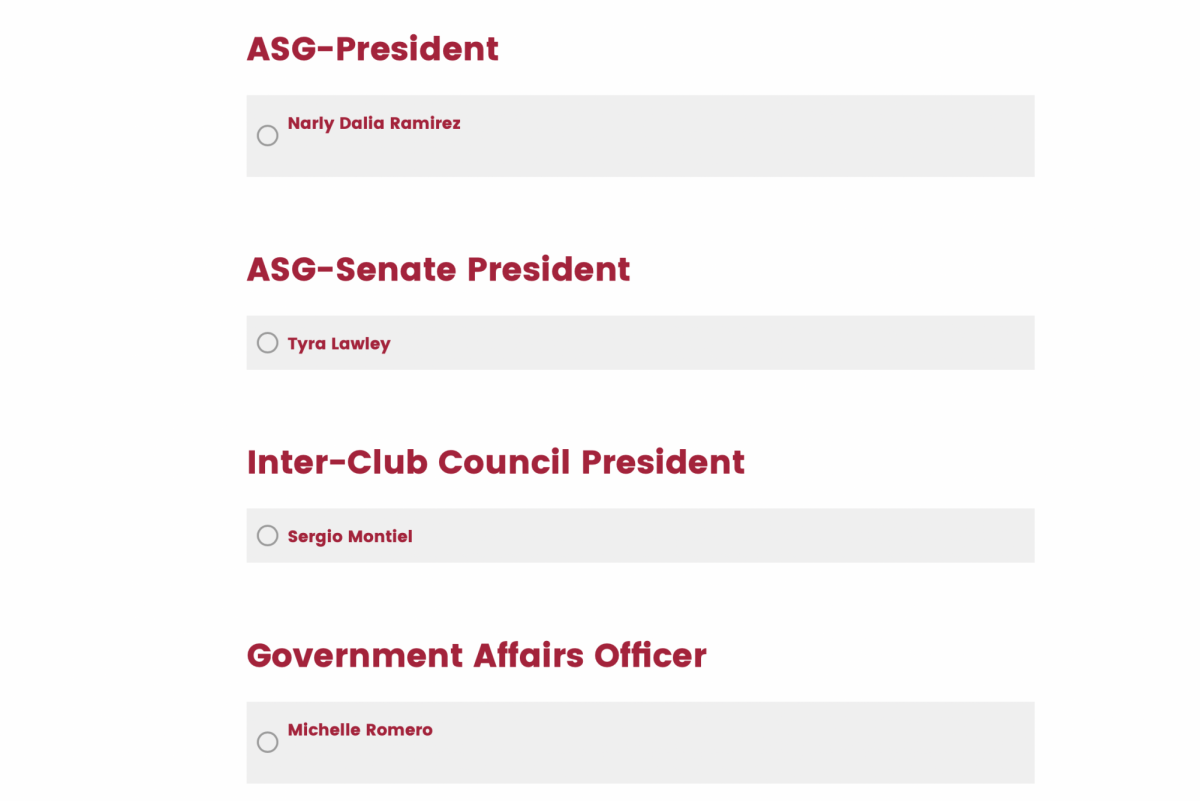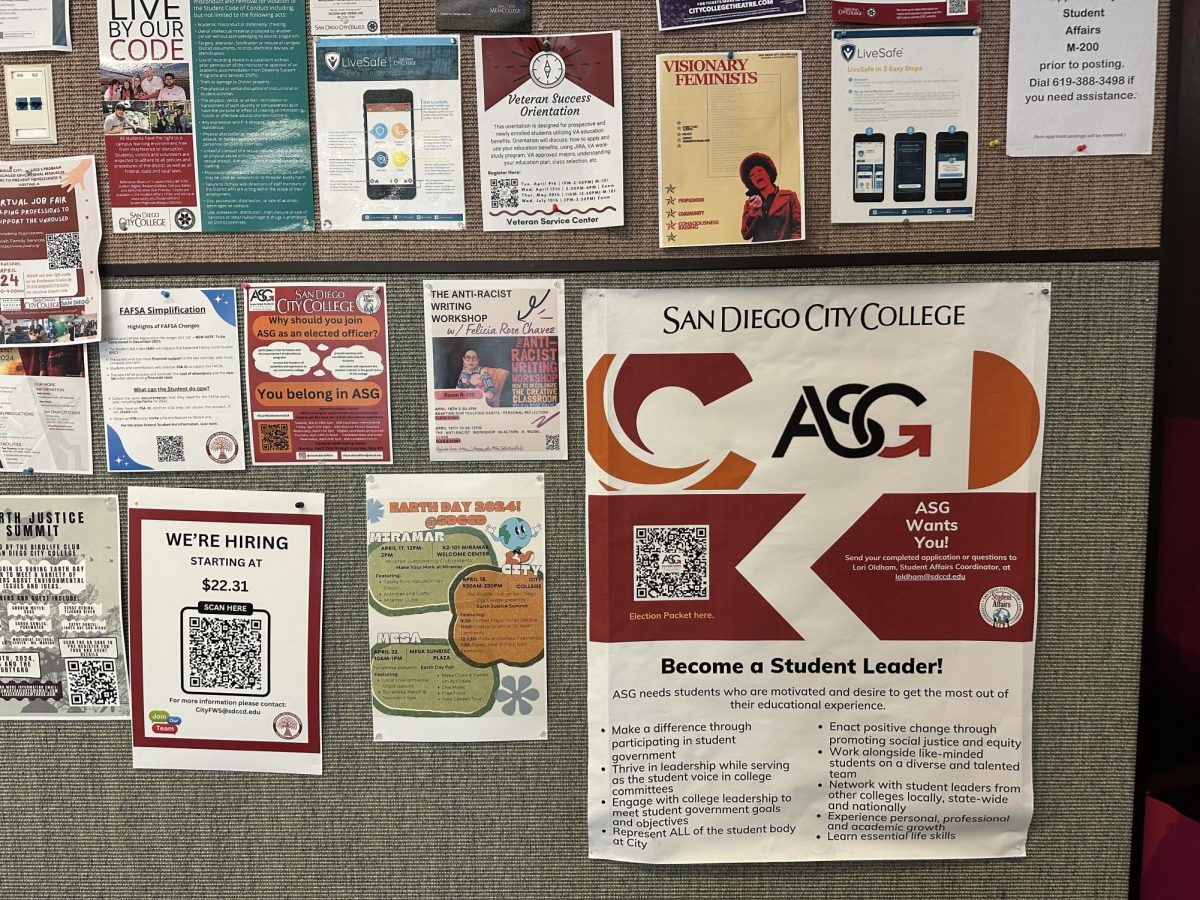Emily Mather
City Times
A college education is essential in today’s job market, but in times of financial insecurity many students and families struggle to make tuition payments. That is why President Barack Obama has set a goal to make college more accessible and affordable under the American Recovery and Reinvestment Act.
In an effort to invest in the future of the United States by jumpstarting our economy, creating and saving jobs, and addressing long-neglected issues the American Recovery and Reinvestment Act of 2009 takes on the challenge of modernizing the nation’s infrastructure by providing tax relief, producing jobs, preserving and improving affordable health care, enhancing America’s energy independence, and expanding educational opportunities.
To expand educational opportunities and make college more affordable a new higher education tax cut will be provided to nearly four million students. There are three different tax breaks students can claim, the Hope Scholarship, the Lifetime Learning credit, and the tuition and fees deduction.
The American Opportunity Tax Credit replaces the Hope Scholarship through the stimulus act effective only for tax years 2009 and 2010 and can be claimed in years one through four of college, has a maximum credit of $2,500 per year, and up to $1,000 can be claimed even if federal income tax does not need to be paid.
The Hope Scholarship has a maximum credit of $1,800 and can be claimed by students in their first two years of college. The Hope credit can only be claimed for fees and tuition and is not refundable so it cannot be claimed if not enough is earned to pay income taxes.
The Lifetime Learning Credit and tuition and fees deduction can be used any year of college and includes grad school.
College will become more affordability for seven million students by funding Pell Grants that increase the maximum award level by $500 to $5,350 for 2009-2010 and to $5,550 for 2010-2011 increasing the maximum Pell Grant award by $1,500 or 37 percent since the 2006-2007 school year.
Unlike a loan a grant does not have to be paid back. To be eligible for Pell Grants and tax breaks related to college tuition students must first apply for Federal Student Aid, which will then calculate eligibility based on income. Most students however won’t be awarded the maximum grant because they will be on the edge of eligibility.
Like Medicare and social security, grants under the stimulus act become an entitlement program automatically putting money into the program every year instead of being dependent partially on annual appropriations from Congress. The problem with entitlement though is it does not accommodate for regional cost of living so even if a student lives in a high-cost area they may not qualify.
To expand work-study programs and service opportunities, $200 million will be provided for an additional 133,000 students to get paid for work related to their major or community service.







